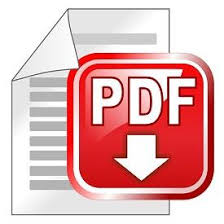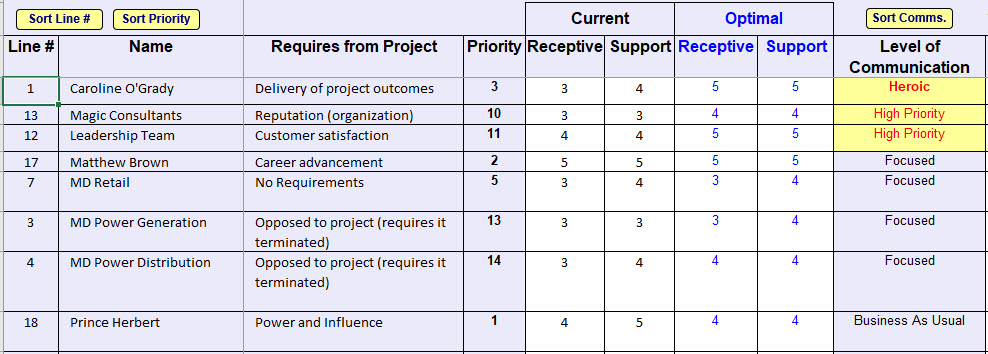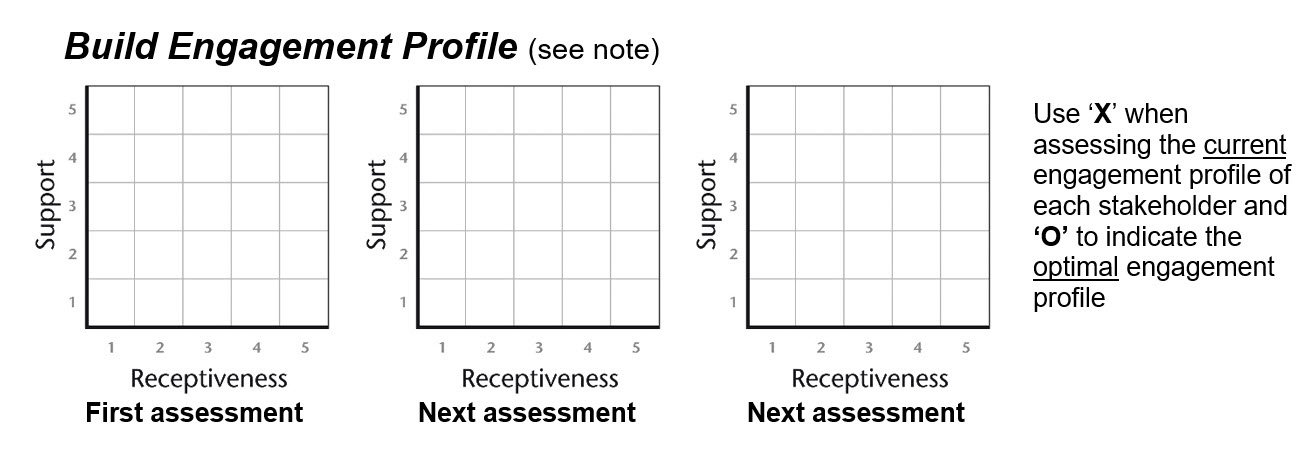Location:
PMKI > Stakeholder
Management > Stakeholder Circle®
Help - Engagement.


- Stakeholder Circle®
Overview
- The Stakeholder Circle®
- Engagement
- Assessing the
Stakeholder Community
- Stakeholder
Engagement Index
- SoaP Engagement
Other related sections of the PMKI:
- Stakeholder Circle
Methodology - Engagement
- Advanced Stakeholder
Engagement
- The Stakeholder Relationship
Management Maturity Model (SRMM®).
 The
Stakeholder Work Sheet (SWS) is a sophisticated Excel
spreadsheet built to implement the Stakeholder Circle®
methodology - see
more on the SWS. Instructions on assessing the
activity's stakeholders to determine the appropriate levels
of engagement are included below.
The
Stakeholder Work Sheet (SWS) is a sophisticated Excel
spreadsheet built to implement the Stakeholder Circle®
methodology - see
more on the SWS. Instructions on assessing the
activity's stakeholders to determine the appropriate levels
of engagement are included below. Defining an appropriate engagement strategy for each stakeholder requires an understanding of their current levels of support for the work, and receptiveness to messages about the project; compared to the optimum level needed for success. This approach is based on the view that the team needs to be able to communicate with a stakeholder before they can influence the stakeholder's perceptions of the work.
The data collected from earlier parts of the process are inputs to developing the engagement strategy, and will provide insights as to how the communication plan should be developed and delivered. The Stakeholder Circle is built to create the engagement strategy (the level of communication effort required for each stakeholder. This assessment is then used to create the communication plan, and manage the communications in a communication management tool.
Reassessing the stakeholder community, by updating the Stakeholder Circle at regular intervals will provide feedback on the overall effectiveness of the communication effort by monitoring changes to the Stakeholder Engagement Index, and in the attitude and significance of individual stakeholders. This information allows the communication plan to be updated and refocused for the next period.
The stakeholder engagement strategy is developed and updated in the Engagement tab. The tab imports the information previously entered as part of the identification process and the stakeholders' priority. A large note field is provided for use as needed, this is a free-form text field with text wrapping.
To facilitate data entry, the stakeholder list can be sorted by line number (order of entry), or priority by clicking on the appropriate button. In large stakeholder communities, the team may decide to assess the top 20, 50 or 100 stakeholders based on priority, and simply manage the balance through business as usual communication; there is no requirement to assess all stakeholders for this part of the spreadsheet to work.

For each stakeholder the team needs to assess, both the current and optimal levels of receptiveness and support need to be determined based on the scales below.
Assessing the current levels are relatively straightforward; deciding on the optimal levels of support and receptiveness you would like to achieve or maintain needs a pragmatic view of what is possible to determine a realistic optimum for each stakeholder, this may be equal to, or lower than the current assessment, slightly better or significantly better. The ranges are:
Receptiveness:
Support:
One way to make the assessment process relatively objective is to identify a person who is just within each of the categories (eg someone who is just in the passive support category) then by comparing the level of support of another stakeholder to this minimum benchmark stakeholder it is easier to determine if the level of support is about the same or better in which case the stakeholder will score a 4 (or a 5 if they are deemed equal or more supportive than the next categories benchmark). If the level of support is lower, the stakeholder would score a 3 or lower. The critical outcome from this process is not to rank stakeholders against some abstract benchmark, rather to build a comparative order so that an optimum communications plan can be developed.

The level of engagement recommended is based on the
stakeholder's priority and the difference between the
current and optimal assessments. The calculation looks at
the two dimensions (support and receptiveness) and if the
current assessment is better than, equal to, or less than
(missing) the optimum.
- Higher priority stakeholders are assumed to need a more
pro-active communication effort.
- Stakeholders that are below optimum on both the
receptiveness and support dimensions also rate high.
- Stakeholders below optimum on one dimension rate next,
followed by stakeholders that are optimal.
- Stakeholders rated better then optimal are assessed as
needing 'business as usual' communication.

Clicking on the Sort Comms. button produces the
engagement strategy, sorted by the level of communication
needed.

Levels of communication
The definition of these types of communication and options for developing and implementing an effective communication plan are discussed in more detail on the Stakeholder Circle Methodology - Engagement page.
The Stakeholder Engagement Index represents the
average level of support for all assessed stakeholders,
the higher the Index value, the healthier the overall
stakeholder community. The Stakeholder Engagement Index is
based on a scale of 0 to 100, where:
100 shows all stakeholders are fully supportive and
receptive ( R = 5 & S = 5 )
50 indicates the stakeholder community is on average
neutral ( R = 3 & S = 3 )
0 shows no stakeholders are supportive or receptive ( R =
1 & S = 1 ).
The index is calculated by summing the individual stakeholder’s indexes and dividing by the total number of assessed stakeholders. The index for each stakeholder is calculated as: ((SQRT(R * S)) - 1) *25.

The index is only displayed if there are assessed stakeholders (the fields are blanked out if there is no data to show). The value of the index is the ability to track the overall health of a stakeholder community over time and the ability to compare the health of similar projects.
The Stakeholder on a Page (SoaP) is an easy to use Word template designed to implement the Stakeholder Circle methodology; one stakeholder is recorded and analyzed per page. The template can be used stand-alone for small projects (and is designed to record three sets of assessment for each stakeholder) or for data gathering for later input to the SWS spreadsheet.
Building the engagement profile for each stakeholder is achieved by placing an 'X' and 'O' in the relevant square in one of the 5x5 matrices based on the information above. The page allows for an initial assessment and three updates.
This is a very robust, easy to use tool that ensures that all of the identified stakeholders are effectively managed, see more on the SoaP template.